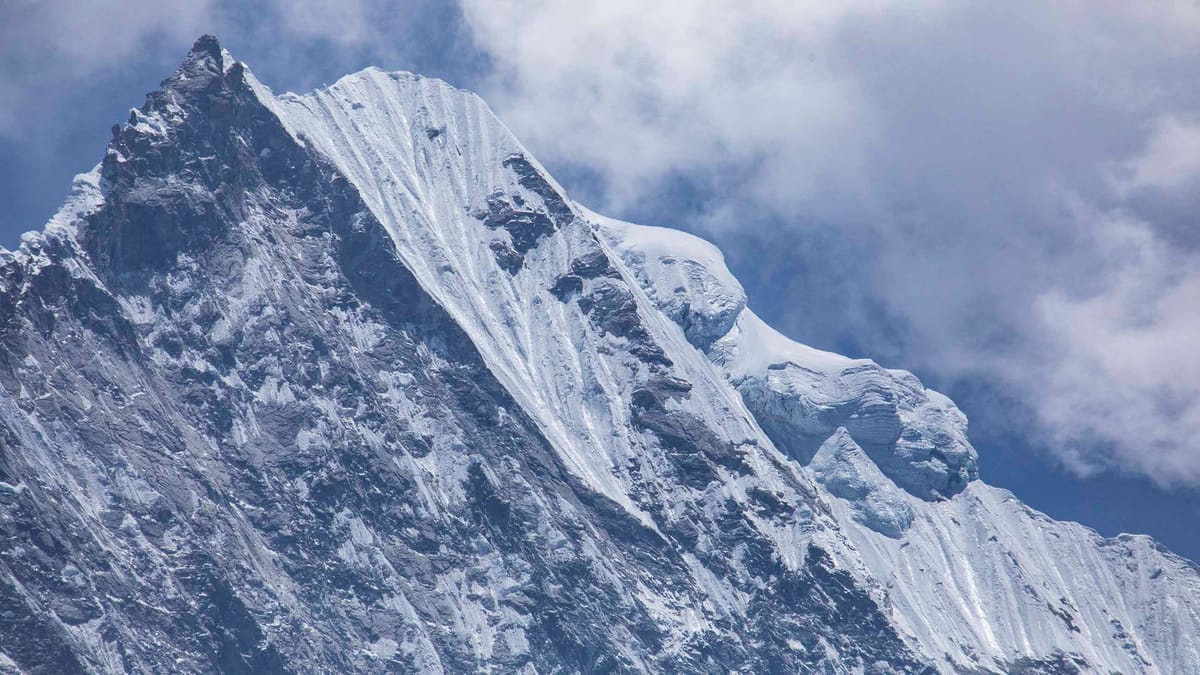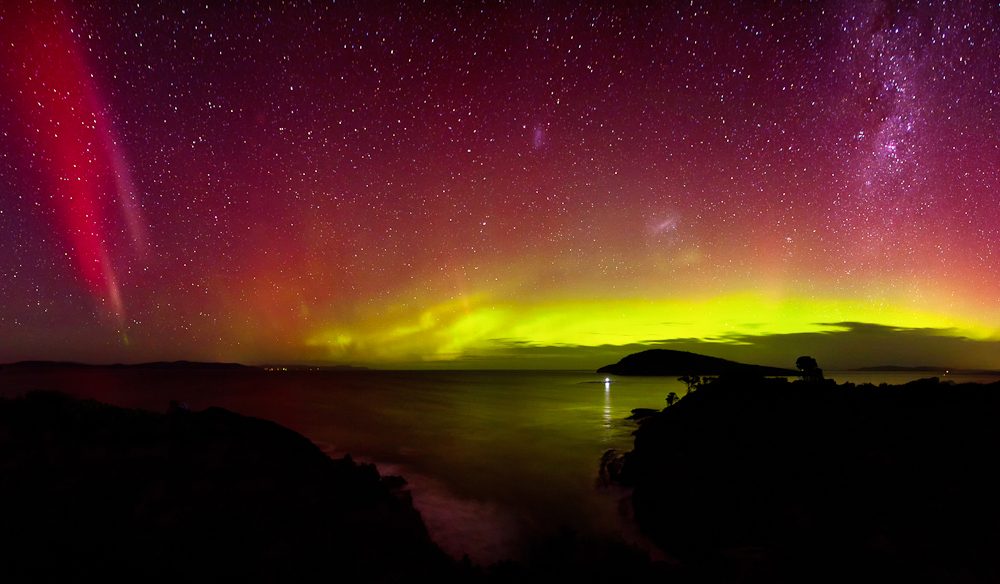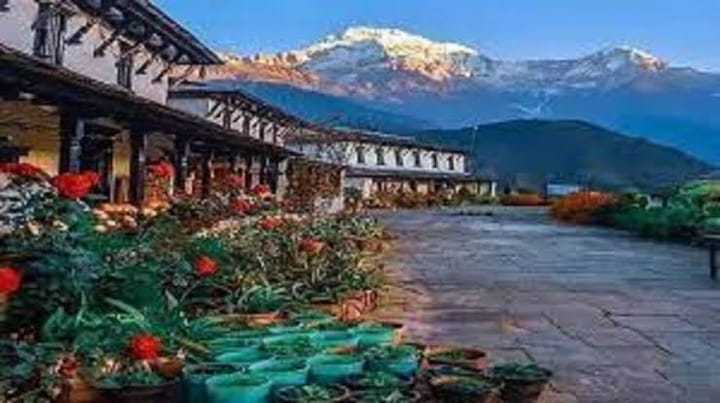Melting Mountains - Climate Change Threatens Nepal's Water Towers

Nestled amongst the towering peaks of the Himalayas, Nepal is a land of breathtaking beauty. Its iconic mountains, including the mighty Mount Everest, draw adventurers and tourists from every corner of the globe. However, beneath the awe-inspiring facade lies a stark reality: Nepal's mountains are melting at an alarming rate, jeopardizing the lives and livelihoods of millions.
The Himalayas: A Region on Thin Ice
The Himalayas, often referred to as the "Third Pole," contain the largest concentration of ice outside the polar regions. This frozen reservoir serves as a critical water source for over 1.6 billion people across Asia, feeding major rivers like the Ganges, Indus, and Brahmaputra. Yet, the region is warming at a rate far exceeding the global average.
Data from the International Centre for Integrated Mountain Development (ICIMOD) reveals a sobering picture. Himalayan glaciers have lost ice at an accelerating rate in recent decades. For instance, a 2023 study published in the journal "Scientific Reports" found that glaciers in the Everest region have lost several decades worth of ice in just the past three decades. This accelerated melting is primarily attributed to rising temperatures, with climate change projections indicating further warming in the coming decades.
A Cascade of Consequences
The melting of Nepal's glaciers has far-reaching consequences, impacting various aspects of life in the region:
Water Scarcity:
As glaciers recede, the flow of water into rivers diminishes, particularly during the dry season. This reduction poses a significant threat to downstream communities reliant on these rivers for irrigation, drinking water, and hydropower generation. The potential for water scarcity and conflict over dwindling resources is a growing concern.
Glacial Lake Outburst Floods (GLOFs):
Melting glaciers also contribute to the formation and expansion of glacial lakes. These lakes, often dammed by unstable ice and moraine dams, pose a serious threat of outburst floods. GLOFs can unleash catastrophic floods downstream, damaging infrastructure, destroying livelihoods, and claiming lives. Nepal has already witnessed several devastating GLOF events in recent decades, serving as stark reminders of the risks posed by these unstable lakes.
Impact on Ecosystems and Biodiversity:
The changing climate and melting glaciers also disrupt delicate mountain ecosystems. Species adapted to specific temperature and altitude ranges are forced to migrate or face extinction. The iconic snow leopard, already endangered, faces an increasingly uncertain future as its high-altitude habitat shrinks.
Adaptation and Mitigation: A Race Against Time
Addressing the challenges posed by melting mountains in Nepal requires a multi-pronged approach that combines adaptation strategies with global efforts to mitigate climate change:
Community-Based Adaptation:
Empowering local communities with the knowledge, resources, and skills to adapt to changing water availability, manage disaster risks, and diversify livelihoods is crucial. This includes promoting water conservation techniques, developing early warning systems for GLOFs, and exploring alternative livelihood options.
Investment in Research and Monitoring:
Continued research on glacial melt rates, water resources, and climate change impacts is essential for informed decision-making. Investing in monitoring networks to track glacial lake formation and potential hazards is crucial for early warning and disaster risk reduction.
Global Climate Action:
Ultimately, addressing the root cause of climate change through significant reductions in greenhouse gas emissions is paramount. International cooperation and commitment to the Paris Agreement goals are essential to mitigate further warming and limit the devastating impacts on Nepal's mountains and beyond.
Final Thoughts: Protecting Nepal's Fragile Heritage
The melting of Nepal's mountains is a stark reminder of the far-reaching consequences of climate change. It is a call to action for both local and global communities to work collaboratively towards sustainable solutions. By investing in adaptation measures, supporting scientific research, and advocating for ambitious climate action, we can strive to protect Nepal's fragile mountain ecosystems and ensure a sustainable future for the millions who depend on them.

















Comments ()